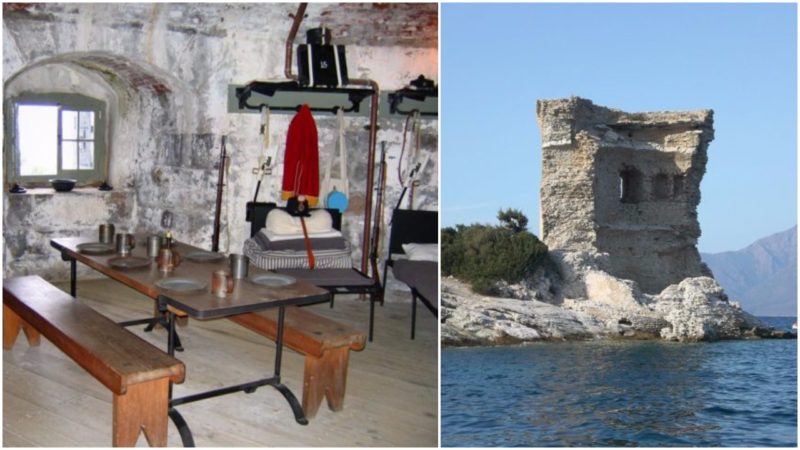We’ve written about the British fascination with sea fortifications before. From the Maunsell Sea Forts of the Second World War going back to Palmerston Forts of the Victorian Era.
Going back even further in time, we can find the origin of this marine fort mania. At the turn of the 19th century, just after the end of the French Revolution, Britain built the Martello Towers.
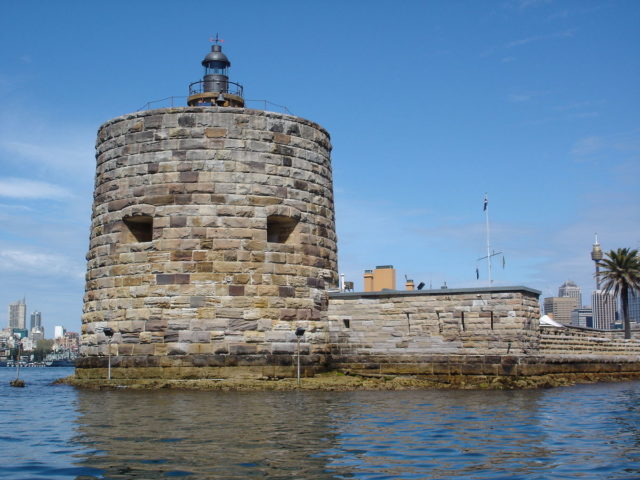
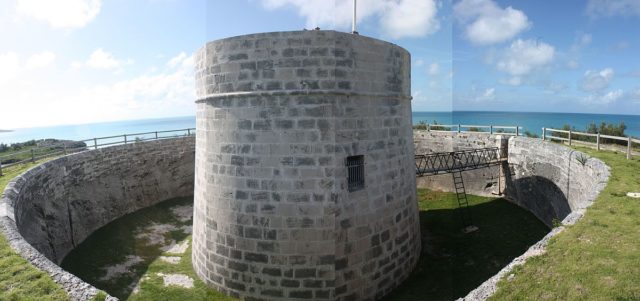
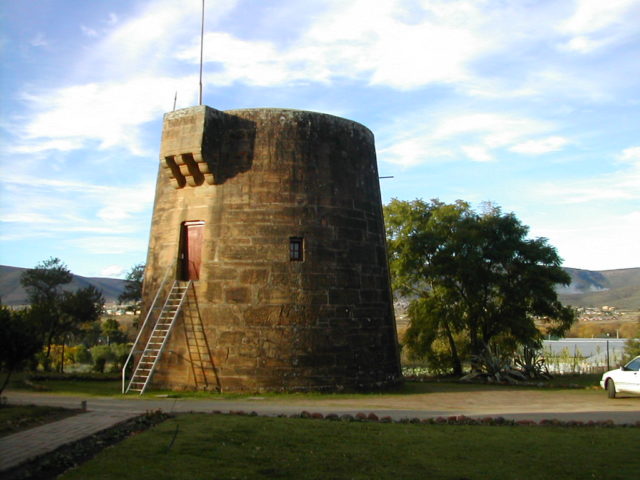
It all started on February 7th, 1794 when two heavily armed British warships attacked the tower at Mortella Point. The two British ships were the 74-gun HMS Fortitude and the 32-gun HMS Juno. Yet they were still unsuccessful in capturing, storming, or overwhelming the towers.
It took two more days of land-based attacks led by Major-General Davis Dundas and Lieutenant-General John Moore to secure it. Expending so much time, energy, men, equipment, and ammunition, the British simultaneously cursed and admired the design of the tower and its defensive qualities. So they copied the design but misspelled the name as “Martello” rather than “Mortella”. The architect of the original structure was the Italian Giovan Giacomo Paleari Fratino. The tower was built between 1563 and 1564 under the Republic of Genoa (1530-1620).
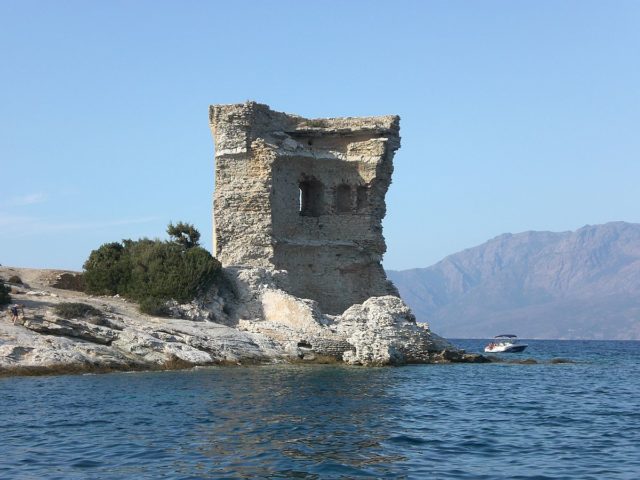
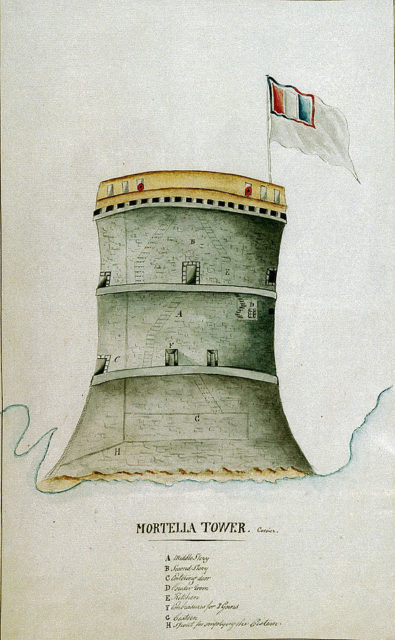
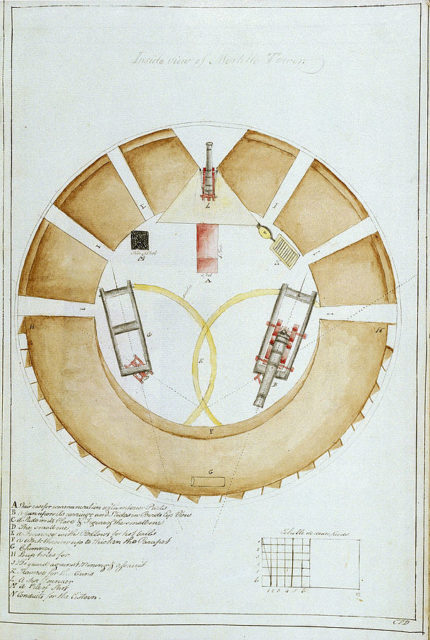
What makes the design so effective is its simplicity. The tower is not very tall, about 40 feet (12 m) high, divided into two floors, sometimes with an additional basement. The bottom floor, which was a sort of basement where water and provisions were kept, had two storage rooms for food and ammunition. Inside the top floor, there were two garrisons for one officer and 15-25 soldiers.
The officer and the soldiers lived in separate rooms almost equal in size. Entry to the tower was through a 10-foot (3m) high door, using a ladder. The wall is thick solid masonry, which rendered it resistant to cannon fire. The top platform is ideal for a single big artillery piece that could be rotated a full 360 degrees. Some forts had two or more guns with each having a more limited arc of fire, but still covering the whole circle.
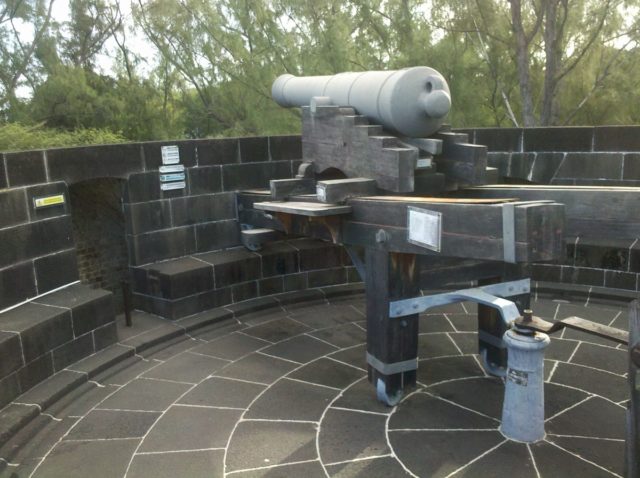
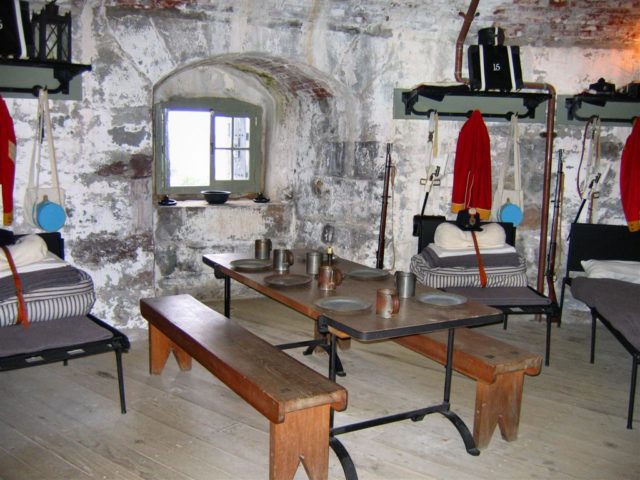
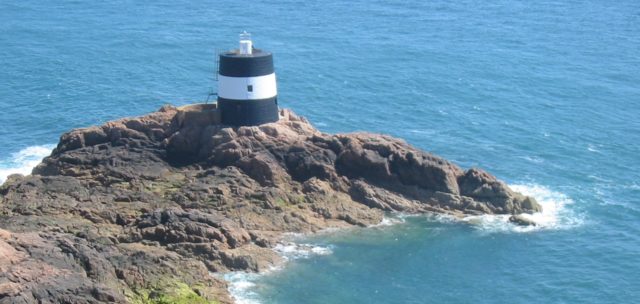
Worried that the unrest of the French Revolution would escalate and spread, the British sought a strong coastal defense strategy. After they experienced first hand the effectiveness of the Torra di Mortella, they knew what they needed to do. However, they also had to think of the defense of their colonies as well as their homeland. Thus began the worldwide construction of Martello Towers.
In total around 185 Martello Towers were built all around the world, from Britain to South Africa and from Jamaica to Australia. Out of these, 103 were in England alone, 26 in Ireland, 14 in Canada, 12 in Spain, 8 in Jersey, 5 in Mauritius, 3 in South Africa, and many others.
They were such a great success that if we don’t count the original Martello Tower that fell under the British, there is only one other that was ever captured. During the 19th-century Fenian uprising, the famous Captain Mackey briefly captured and held the Monning Martello tower near Fota Island in Cork Harbour, Ireland.
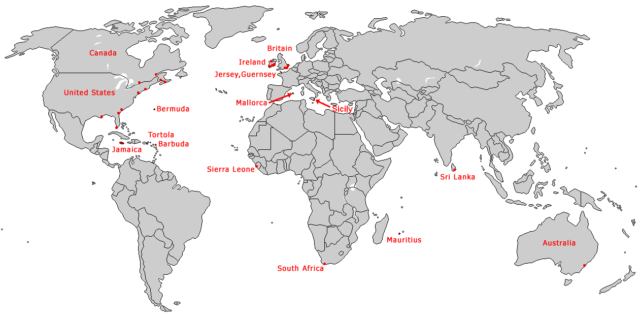
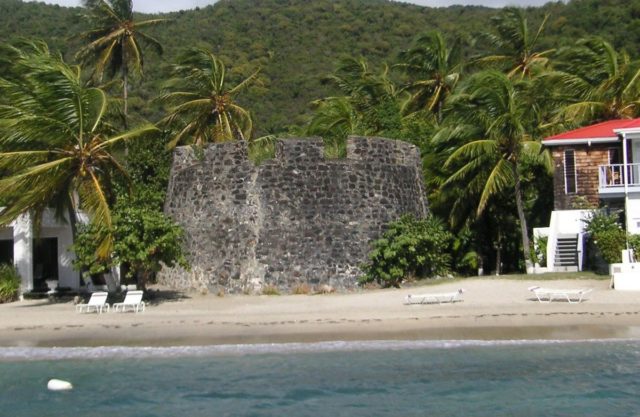
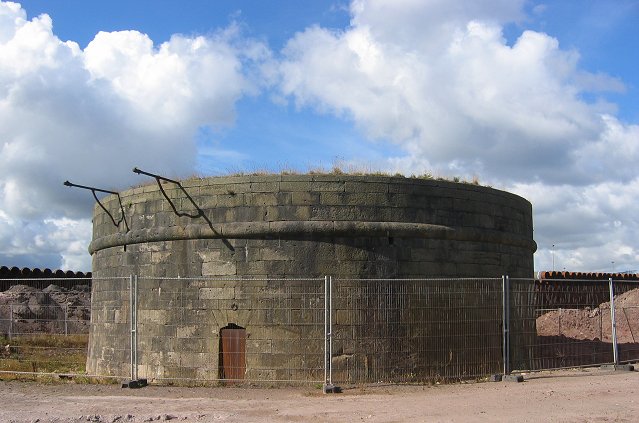
With new technology being introduced in maritime warfare, the Martello Towers became obsolete and were abandoned. While many of them still stand, some are completely destroyed. The ones left standing, for the most part, are renovated and serve as monuments of the past and the legacy of the British Empire at its peak.
